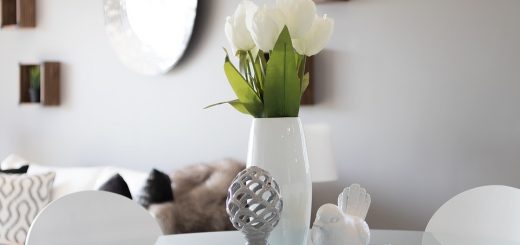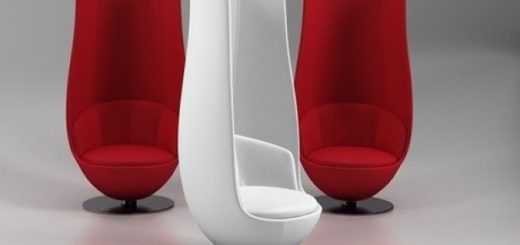How to Decorate a Room from Scratch
How do you decorate a room? This is one of those questions that I always dreaded getting from clients because I thought I was supposed to have some clearly curated answer that was at least distinctive, if not exactly correct. Likewise, I’ve heard other design professionals give all kinds of answers to this type of question: Vague, fanciful answers about flow and essence and philosophy. Specific, high prescriptive formulas presented as though they were some kind of absolute mathematical truth of interior design. One moment in particular sticks out when I heard a woman talk about a friend’s book as “the bible of interior design.”
I’ll admit, this is one area where a professional stance can come in handy. When I decorate a room from scratch, I listen to what the client wants and develop something like a story or persona in my head that fits the details of the client’s wishes and the space itself. Beyond this, I don’t really have a formula, philosophy, mantra, slogan, or step-by-step foolproof plan for success.
That being said, this doesn’t let me off the hook when it comes to decorating my own rooms. How do I personally decorate a room from scratch? For starters, I like rules and a process that are mutable but grounded in principle. Here are some of my general thoughts and rules of thumb that I follow when decorating my own living spaces and when trying to overcome the inertia that can set in when looking at a “blank page” or “canvass”:
- I often look first to comfortable and aesthetic furniture, at least the primary pieces. In living rooms, this means the main seating options. In bedrooms, this means mattress and bedframes, which may also speak to some early options for dressers and wardrobe storage. In bathrooms, this means vanities and shower/tub surround.
- To find these big-ticket items that I can design the rest of the decorating scheme around, I tend to shy away from common or popular items. I mean, if I like something and it’s a fair price, then I’m game for anything, but as a starting point, I like to look at both extremes. Not Goodwill exactly, but flea markets, thrifty vintage shops, and the like. Then, I’ll also reach out to local artisans with rare skills and products. This is also one of my tricks for taking a $5k budget and making it look like $10k, or taking $10k and making it look like $25k. Even in my personal projects, I too work with tight budgets.
- More to this point, I look to finalize my decorating plan before making any final purchases. I look to window coverings and hardware. When deciding what to do with the windows, I’ll also consider the lighting design, fixtures, and any wall hangings. From there, I look to refine the color scheme around the bigger items and decisions that will inherently define the room and its parameters. As I make these secondary choices, I’ll also be looking to refine the big-picture and make sure each component of the room works well together. Sometimes, I think of it as my post hoc flow. Once everything clicks together and I can see the finished product, I start to put the plan into action.
Sharing my personal process
I will also say that I’ve found this approach to be applicable—or scalable I guess you could say—to both single-room and whole-house decorating. In other words, when thinking about how I’m going to decorate a new home from scratch, I try to identify those rooms and areas of the home that are most important for functionality and comfort. Then, I try to pin down what I’m going to do in these areas of the home—trying to maximize functionality, comfort, and aesthetics—before moving on to other areas of the home. But again, I try to create a fairly comprehensive and cohesive decorating plan before spending thousands of dollars on materials and appliances.






Recent Comments